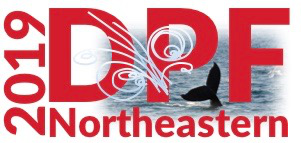Speaker
Description
Meson factories are powerful drivers of diverse physics programs and play a major role in particle physics at the intensity frontiers.
Currently PSI delivers the most intense continuous muon beam in the world up to few 10^8 μ+/s. The High Intensity Muon Beam (HiMB) project at PSI aims at developing new muon beam lines able to deliver up to 10^10 μ+/s. While next generation of proton drivers with beam powers in excess of the current limit of 1.4 MW still requires significant research, the focus of HiMB is the optimisation of existing target stations and beam lines. Detailed Monte Carlo simulations show that geometrical target optimisations would imply beam intensity gains in the range of 30-60%, that could be further increased by using novel target materials such as boron carbide. Higher muon capture and transmission beam line efficiencies can be obtained with the design of a beam line optics based on pure solenoid elements. The expectation is an increase of the total fraction of captured and transmitted muons by more than one order of magnitude with respect to the current hybrid beam lines.
The target optimisation only would corresponds to effectively raising the proton beam power at PSI by 650 kW, that added to the 1.4 MW would be equivalent to a total proton beam power of almost 2 MW without additional complications such an increased energy and radiation deposition into the target and its surroundings.
Taking also into account the beam line optimisation the equivalent proton beam power would be of order of several tens of MW, an astonishing value.
This year the new production target (the so called slanted Target E) will be installed and tested along the primary beam line at PSI. The status of the project will be reported in detail.
